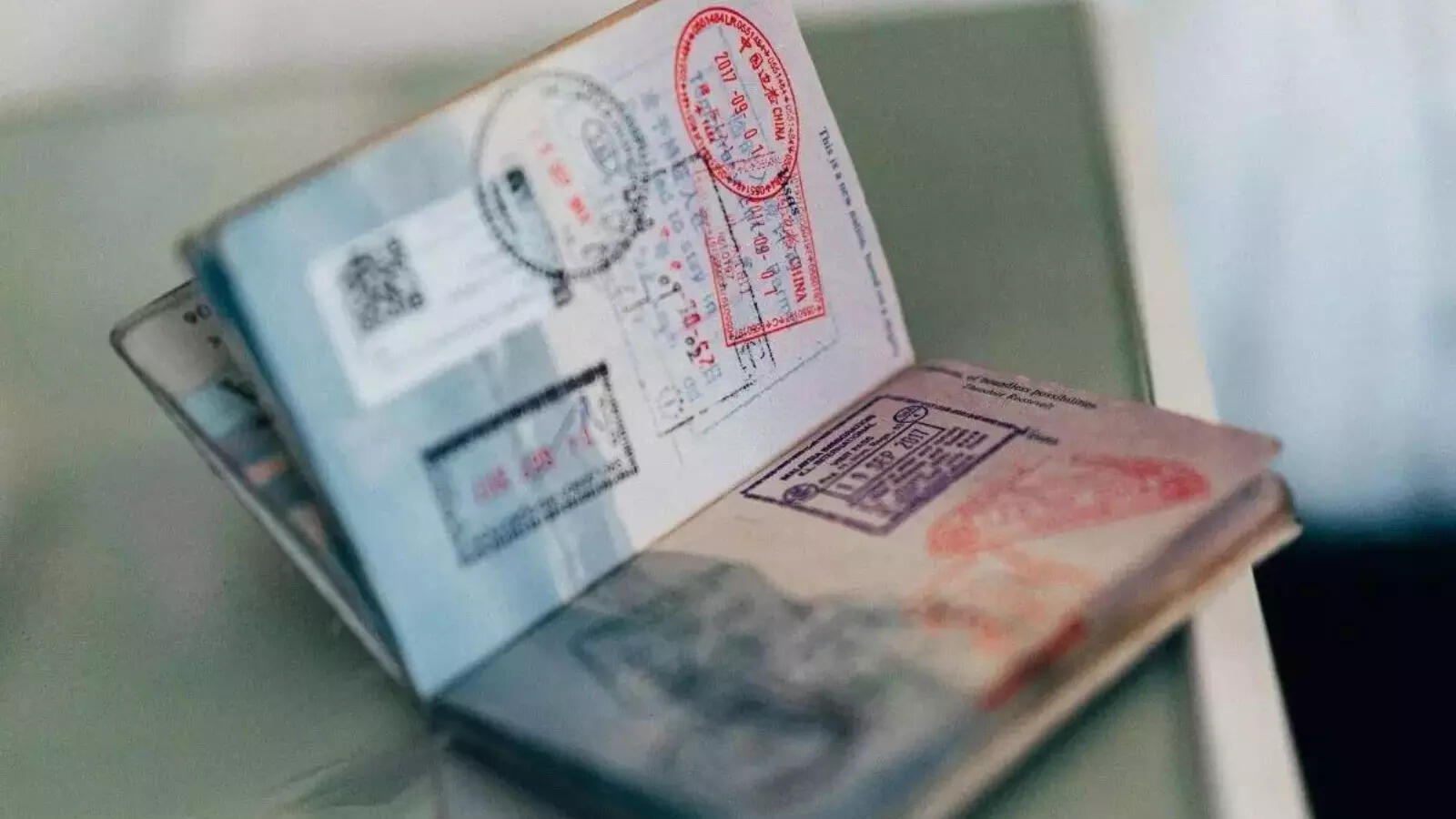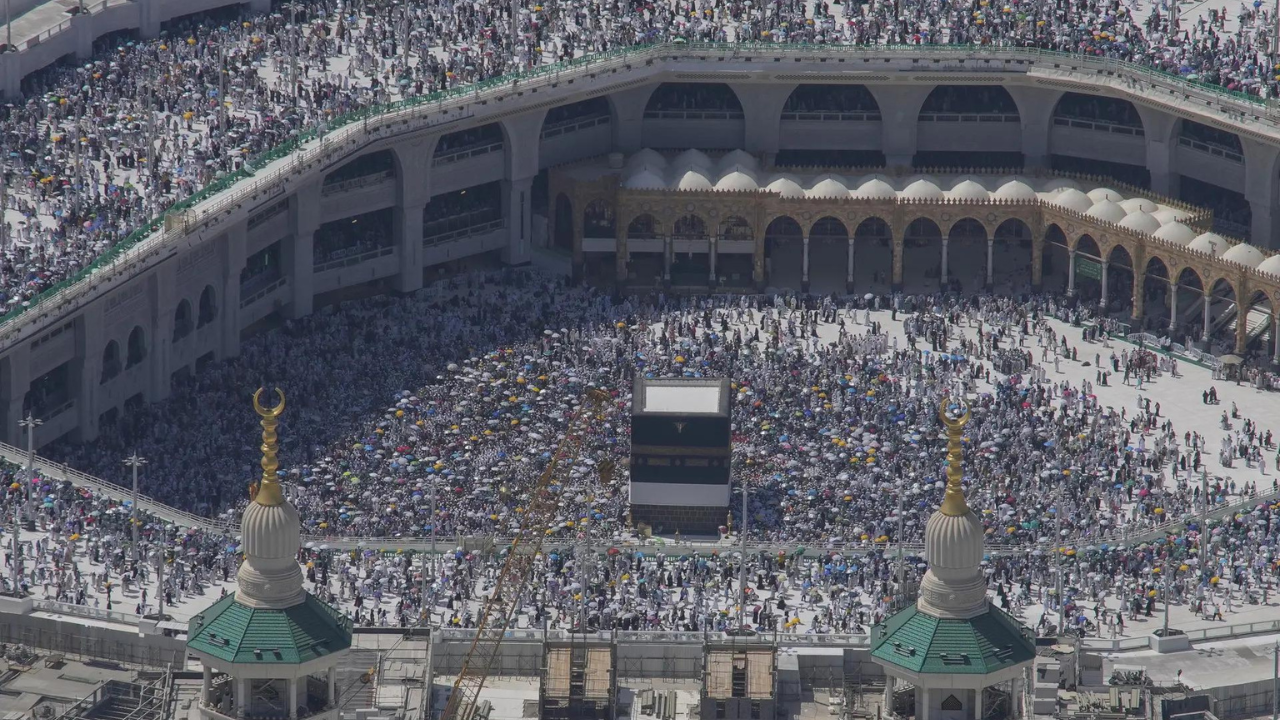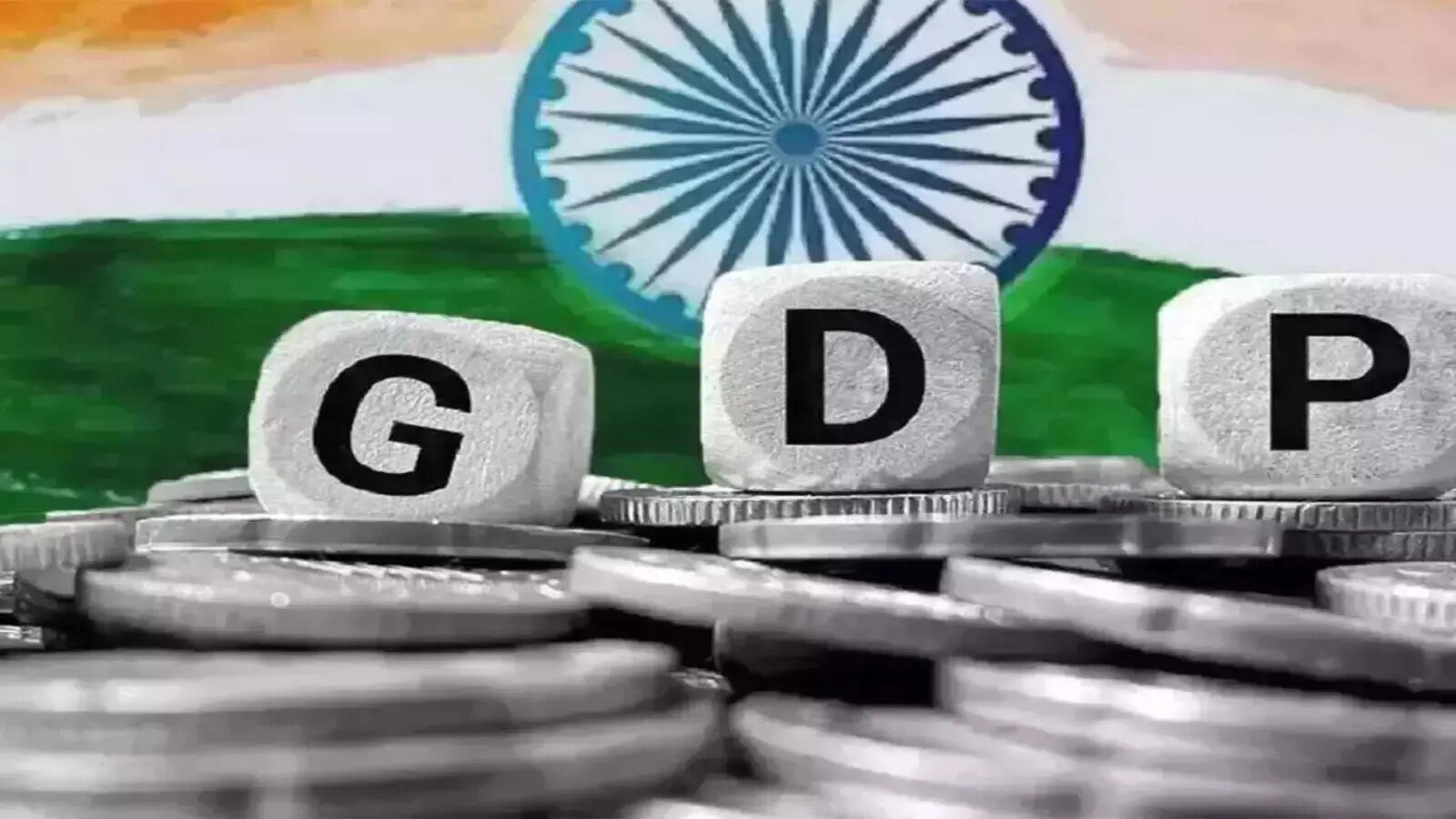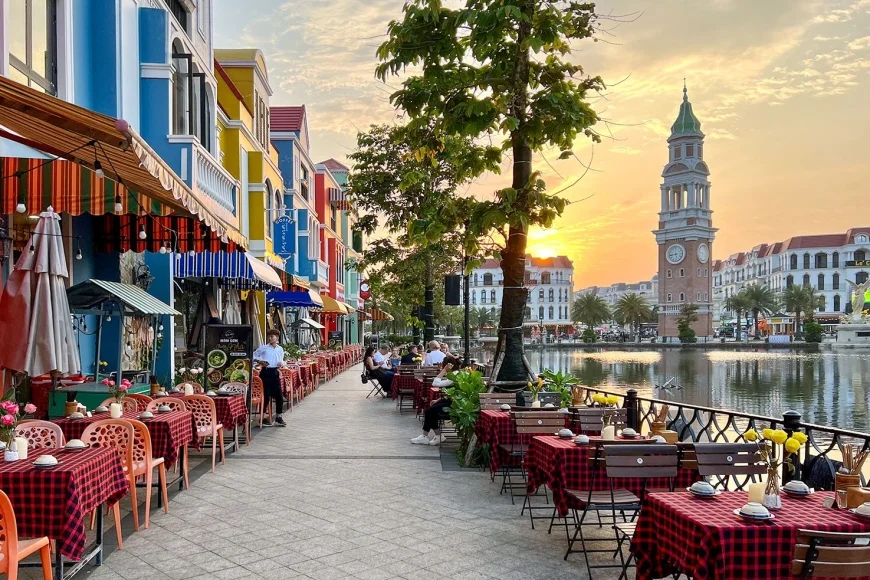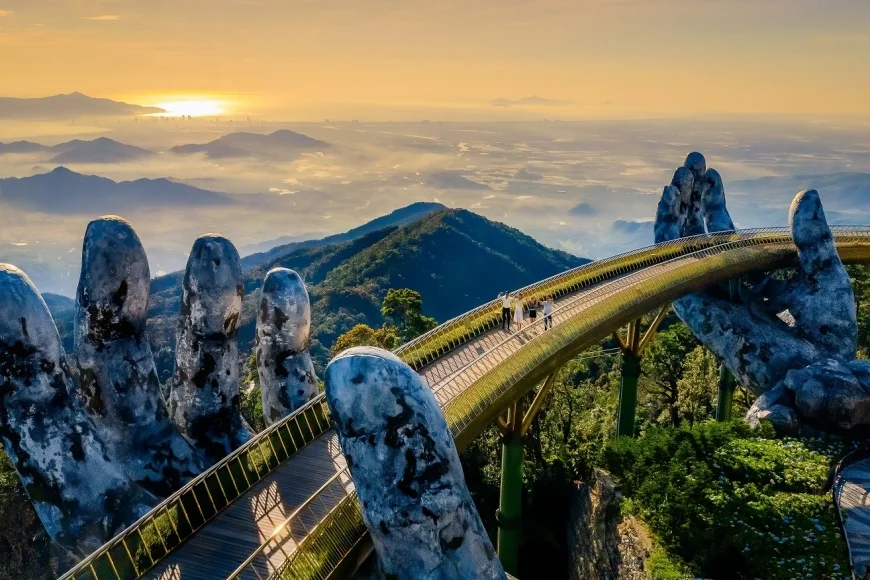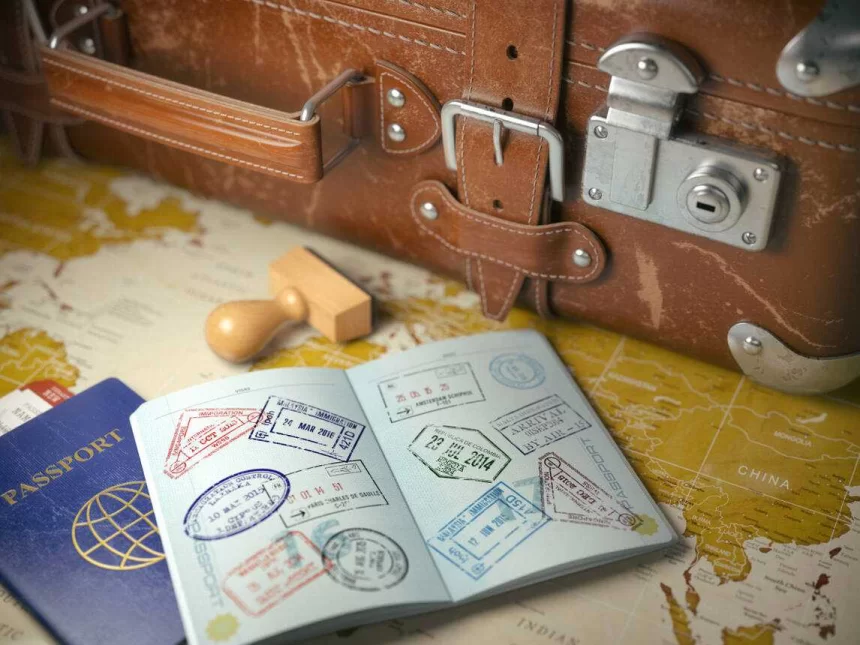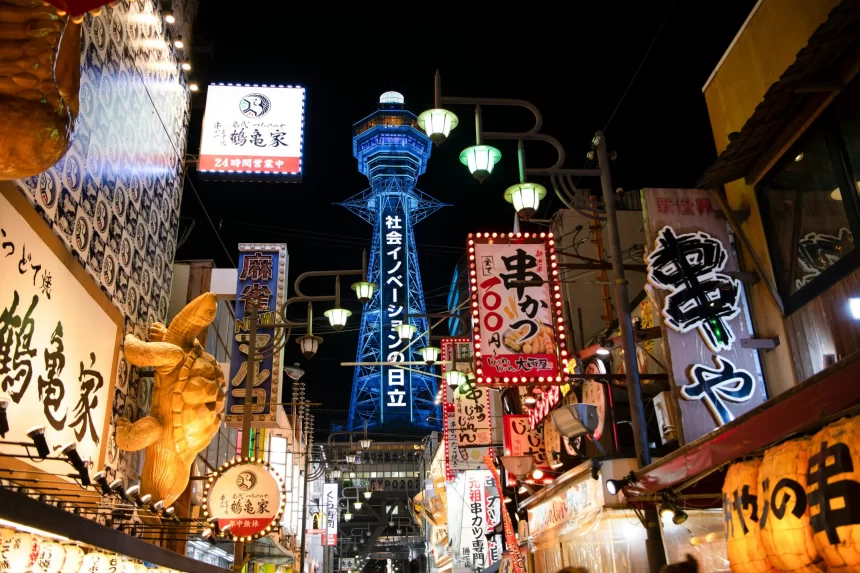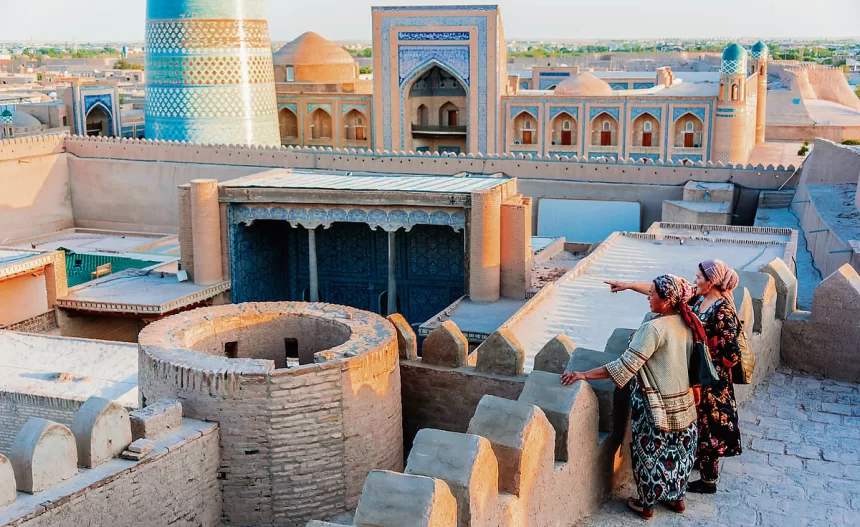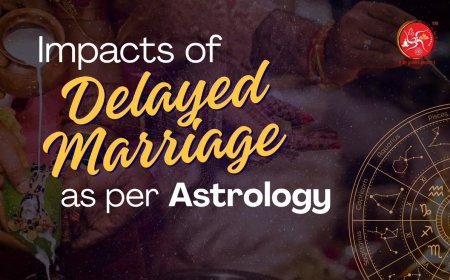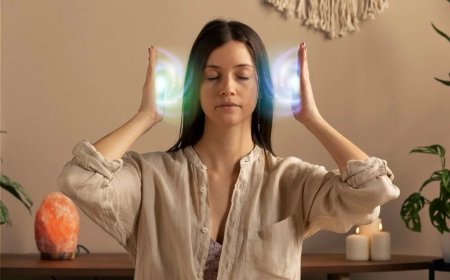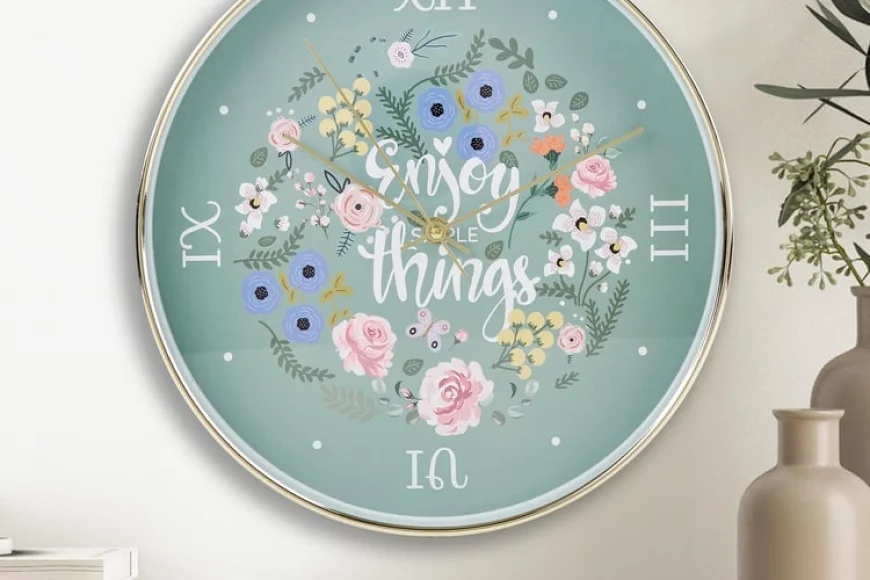From Mughals, maharajas to the British – how artists captured Holi celebrations

Join our WhatsApp Community to receive travel deals, free stays, and special offers!
- Join Now -
Join our WhatsApp Community to receive travel deals, free stays, and special offers!
- Join Now -

A celebration of colour, joy and the arrival of spring, Holi long transcended its origins as a Hindu festival to become a grand celebration that found artistic expression in paintings, illustrations and manuscripts.
Vivid depictions of the festival show Mughal emperors who adopted Holi into their courtly traditions to the Rajput rulers who immortalised it in miniature paintings and British artists who documented its exuberance.
Artwork produced in the late 18th and 19th centuries capture the festival’s ability to dissolve social hierarchies and encourage uninhibited revelry.
Royal revelry
A Hindu festival marking the arrival of spring, Holi was introduced to the Mughal court as Mughal and Rajput families were tied through marriage. Holi became an integral part of imperial festivities, celebrated with music, dance and colours in the royal gardens and the zenana – the women’s quarters.
Traditionally, Holi colours were derived from natural sources, such as the bright red flowers of the tesu tree (Butea monosperma), which created a saffron hue when mixed with water. Yellow powder likely came from turmeric (Curcuma longa), while red dye may have been sourced from red sandalwood powder (Pterocarpus santalinus).
An 18th century painting in the Mughal style depicts a haloed royal smoking hukka with a woman. In front of them, eight women, adorned in rich Mughal attire, gather...
What's Your Reaction?
 Like
0
Like
0
 Dislike
0
Dislike
0
 Love
0
Love
0
 Funny
0
Funny
0
 Angry
0
Angry
0
 Sad
0
Sad
0
 Wow
0
Wow
0








